Go back and take another look at the first photo in this section.
Both angry men have lowered and reduced eyebrows, which are part of the expression of anger on his face.
The man on the right has his eyes sparkling, which is also a sign of anger. On both angry faces, the jaws are tightly compressed, and the teeth are exposed. In case of anger, the lips can be in two different positions. Lips can be opened, as in this picture, giving the mouth a rectangular shape. Or the lips can be tightly compressed.
When I asked the people of Papua — New Guinea to show me how their faces look, when they are going to hit someone, these people tightly pressed their lips, while with their hands they made a movement performed when they struck with an ax. Charles Darwin, more than a hundred years ago, noted that we hold our lips tightly every time we experience strong physical exertion. When I asked the Guineans to show me what their faces would look like, if they controlled their anger, they would open their lips, as if they were saying something or were going to say something. For middle-class Americans, I found the opposite picture: they tightly compressed their lips in the case of controlled anger and opened their lips when their anger was not controlled by them. For these Americans, uncontrollable anger meant harming words, not fists, so their lips were tight to prevent the words from being pronounced in the case of controlled anger.
Two Canadians in the photo demonstrate anger with open mouths at the moment after one of them struck a police officer. I suspect that a moment before, when he did strike, his lips were tightly compressed.
One of the most important symptoms of anger is difficult to see in the photograph, although it is probably present in both angry men. With the anger the red edges of the lips become narrower, that is, the lips look thinner. This is a very obvious sign that is difficult to suppress, and it can give out anger, even when no other signs of this emotion are visible. I discovered that he is one of the earliest signs of anger, which becomes noticeable even before a person realizes his angry state. Almost every one of us remembers situations in which the other person noticed our anger before we realized it ourselves. This person reacted to subtle signs of anger on our face, or to a change in the pitch of the voice, or to a change in its volume. Since anger makes your lips thinner, we may mistakenly react to a person with thin lips, as if he were angry, arrogant, or hostile.
Let's take another look at Maxine Kenny's photo. Her eyebrows are lowered and flattened, and her eyes sparkle. Her lips are open and her jaw is pulled forward, which is a typical sign of anger. I have no idea why this movement often turns out to be part of the expression of anger, but I am sure that it is so.
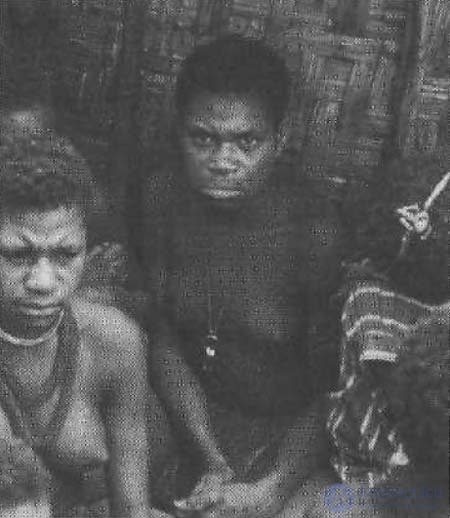
I photographed this young woman in the village who was our base camp during the expedition to New Guinea. Although this woman did not know what a camera was, she certainly understood that I was paying attention to her, and apparently she did not like it. The usual reaction to such attention was bewilderment, but in this case the reaction was different. I suspect that, by paying attention to any one woman in public, I violated the rules of behavior in this society and threatened both of us, although I cannot be sure of this until the end.
I deliberately tried to elicit various emotions from these people and filmed what was happening with the camera in order to analyze the footage later. Once I jokingly attacked a local teenager with a rubber knife brought by me with him, for this very purpose, but he immediately guessed my intentions, and the movie camera captured his surprise first and then the fun.
For my own safety, I decided not to provoke anger again, and therefore I have never seen expressions of anger on these people’s faces. Although they belonged to a peace-loving tribe, they still experienced anger, but not openly, at least in my presence. This is the only photograph of a representative of this culture experiencing anger.
The picture clearly shows the sparkling anger eyes, lowered and flattened eyebrows and tight lips. In the woman on the left you can see only the eyebrows lowered and brought together. By itself, without sparkling eyes, this expression may have a different meaning. It is obtained on the face of a woman through muscle contraction, which Darwin called muscle difficulties. He noticed, as I did, that any type of difficulty, mental or physical, causes this muscle to contract, causing the eyebrows to go down and come together. Confusion, embarrassment, concentration, determination - all this can be shown by this movement. It also occurs when a person falls into a band of bright light, as his eyebrows are lowered to shade the eyes.
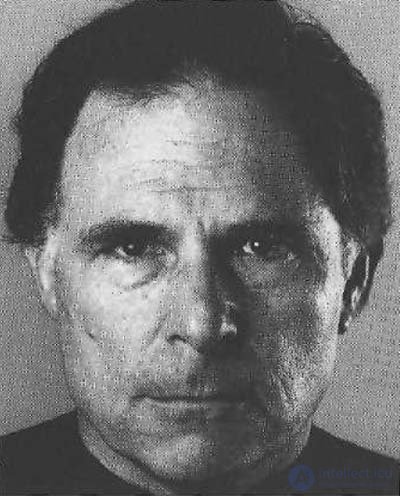
Restrained anger I couldn’t find new photos showing a stronger pent-up anger - a condition that we often experience in everyday life, before anger comes out of our control. However, there is convincing evidence of the existence of anger with very slight changes on the face, such as in my own photo. I made it twenty years ago when I tried to create an expression of anger without changing the position of the main elements of the face. I focused on fixing the muscles, not allowing them to contract so that it was enough to tighten the skin. First, I fixed the muscles of the eyebrows, which, if they were reduced, would cause lowering and flattening of the eyebrows. Then I fixed the muscles that lift the upper eyelids. Finally, I fixed the muscles of the lips, which make the lips already. This is not a very friendly face; perhaps it shows controlled anger or simply irritation. Now we turn to the pictures, which show weak signs of anger.
Let's start with the eyelids and eyebrows. In the picture A, the lower and upper eyelids are tense. This may be a sign of controlled anger or just mild irritation. Such an expression may occur when there is no anger at all, but the person literally or figuratively tries to concentrate on something or has already firmly concentrated. Snapshot C is a composite photograph taken by overlaying lowered and slightly flattened eyebrows from another snapshot (not shown here) to a neutral snapshot B, which is provided for comparison. Snapshot B may also signal controlled anger or mild irritation. Such an expression can occur when a person is slightly embarrassed, concentrated on something or is confronted with difficulty. What this person really expresses depends on the specific context.
Picture D shows a combination of the two movements that you saw above. The eyebrows are slightly lowered and flattened, and the lower eyelids are slightly tense. The tension of the lower eyelids is not as strong as in picture A. You may notice that they are tense by comparing snapshot G with a neutral picture B. When comparing, note that the lower eyelids begin to close the lower edges of the iris. This person may express bewilderment or concentration, but, more likely, it expresses controlled anger or very weak anger.
The picture D shows a very important additional movement - raising the upper eyelids. This is a fierce look, and now there is little doubt that this is a sign of anger, perhaps controlled. You saw this look in the previous section when I talked about studying people with personality type A. Snapshot E shows the result of a combination of three actions - lowering eyebrows, lower eyelid stresses and elevating the upper eyelids — even more clearly. This is a clear sign of anger.
Now let's turn to the signals given by the jaws and lips. In anger, the jaw is often pushed forward, as in picture G. This shot was obtained by superimposing the result of this movement of the jaw (from another picture not shown here) on a neutral picture B. You can see the jaw pulled out in Maxine Kenny's photo, where she also raised upper lip and lowered the bottom.
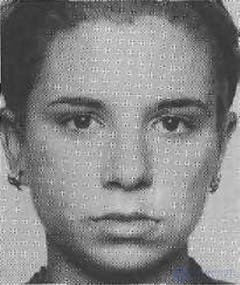 | 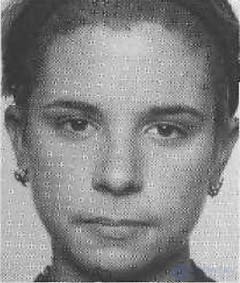 |
| F | H |
In picture 3, the lips are tightly compressed, and the lower eyelids are slightly tense. These movements can be observed with very little anger or just starting anger. Such an expression may also appear on the face of a person who is thinking about something. And for someone this expression is a manifestation of his mannerisms and has little meaning. If there were no lower eyelid stresses here, and only compression of the lips would be observed, then the meaning of such an expression would be very ambiguous.
 | 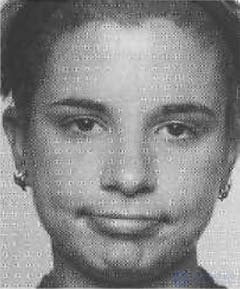 |
| AND | TO |
In the picture, both lips are compressed together, as in picture 3, and the lower lip is pushed forward. It can be controlled anger or submission. For some, these movements are a sign of thoughtfulness, and for someone - just a manifestation of mannerism (in particular, for President Clinton). In the picture, the corners of the lips are stretched, and the lower lip is pushed forward. When these movements are made on their own, as in this picture, the expression on the face turns out to be ambiguous: it can have any of the meanings listed for the picture I. Since the face becomes slightly asymmetrical, it can acquire a slightly contemptuous expression. More information about the manifestations of contempt is described in section 8.
I used some pictures of my face taken about thirty years ago to show a very important movement that causes the red lips to narrow. This movement is shown in the pictures M and H, and in the picture L for comparison it is shown how my lips look when I am relaxed. In the picture H, the lips are opened, as if I were saying something. This action to narrow the red edges of the lips is a very reliable sign of anger; it often turns out to be a very early sign of anger, or it indicates the presence of a well-controlled anger. Apparently, it can be very difficult to contain.
The last way of expressing anger with the help of your mouth was seen on photos of Canadian demonstrators and Maxine Kenney: the upper lip is raised, the lower is lowered, the edges of the lips are narrowed. Open mouth has a rectangular shape.
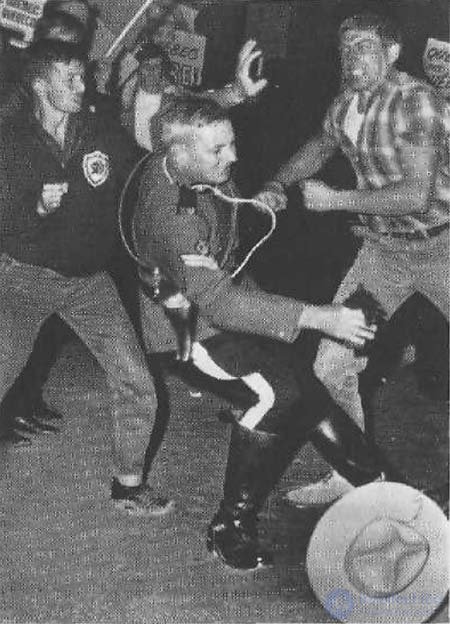


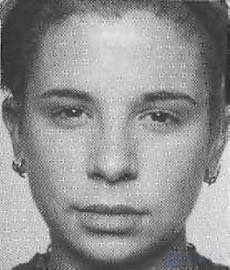
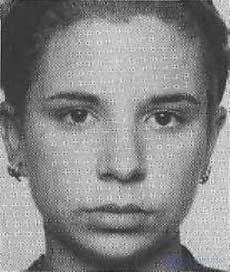

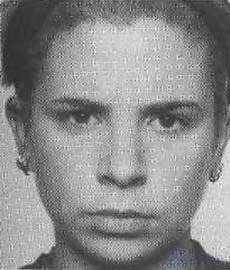
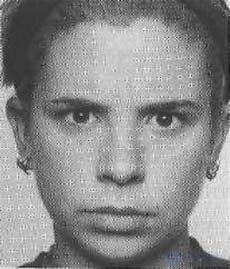





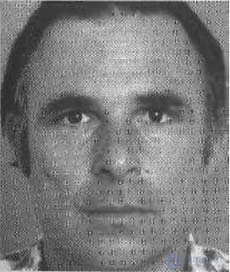
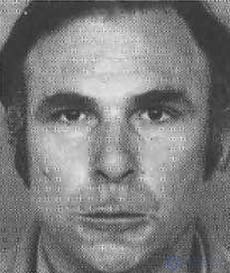
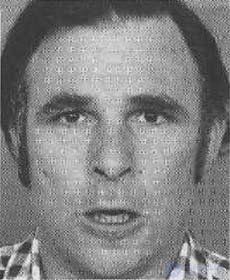
Comments
To leave a comment
Psychology of emotions
Terms: Psychology of emotions